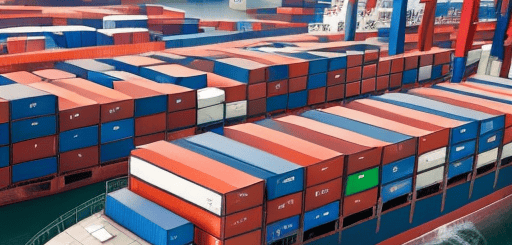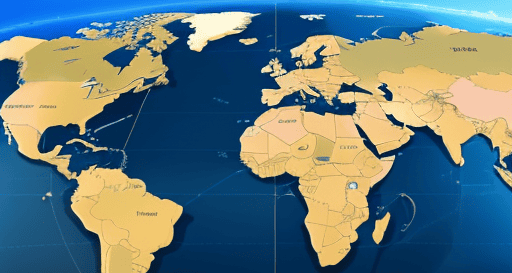Cross-border e-commerce presents lucrative opportunities for businesses to expand their reach and grow their revenue streams on a global scale. By leveraging strategies such as market research and localization, streamlined logistics and fulfillment, compliance with regulatory requirements, payment processing and currency management, and customer service and support, businesses can overcome the challenges of international expansion and thrive in the competitive landscape of cross-border e-commerce.
In the dynamic world of e-commerce, the opportunity for global expansion has never been more accessible. Cross-border e-commerce offers businesses the chance to tap into new markets, reach diverse customer segments, and unlock unprecedented growth opportunities. However, expanding internationally comes with its own set of challenges. Here, we explore strategies for navigating the complexities of cross-border e-commerce and achieving success in global markets.
Unleashing the Potential of Cross-Border E-Commerce
- Market Research and Localization:
Conduct comprehensive market research to identify target markets with high demand for your products or services. Tailor your e-commerce strategy to meet the preferences and expectations of local consumers, including language localization, currency conversion, and cultural adaptation of marketing messages.
- Streamlined Logistics and Fulfillment:
Invest in robust logistics and fulfillment capabilities to ensure seamless cross-border transactions. Partner with reliable shipping carriers, warehouses, and fulfillment centers to optimize delivery times, minimize shipping costs, and provide a positive customer experience across international markets.
- Compliance with Regulatory Requirements:
Navigate the regulatory landscape of international e-commerce by understanding and adhering to import/export regulations, tax laws, customs duties, and data privacy regulations in target markets. Consult with legal experts to ensure compliance with local laws and regulations governing cross-border transactions.
- Payment Processing and Currency Management:
Offer a variety of payment options to accommodate the preferences of global customers, including credit/debit cards, digital wallets, and local payment methods. Implement secure payment processing systems and currency conversion tools to facilitate seamless transactions and minimize currency exchange risks.
- Customer Service and Support:
Provide exceptional customer service and support to build trust and loyalty among international customers. Offer multilingual customer support, responsive communication channels, and clear policies for returns, refunds, and order inquiries to enhance the customer experience and foster long-term relationships.
#CrossBorderEcommerce #GlobalExpansion #EcommerceStrategy #InternationalMarketing #LogisticsOptimization #RegulatoryCompliance #CustomerExperience #BusinessGrowth #DigitalCommerce #MarketExpansion
Read more views















































































